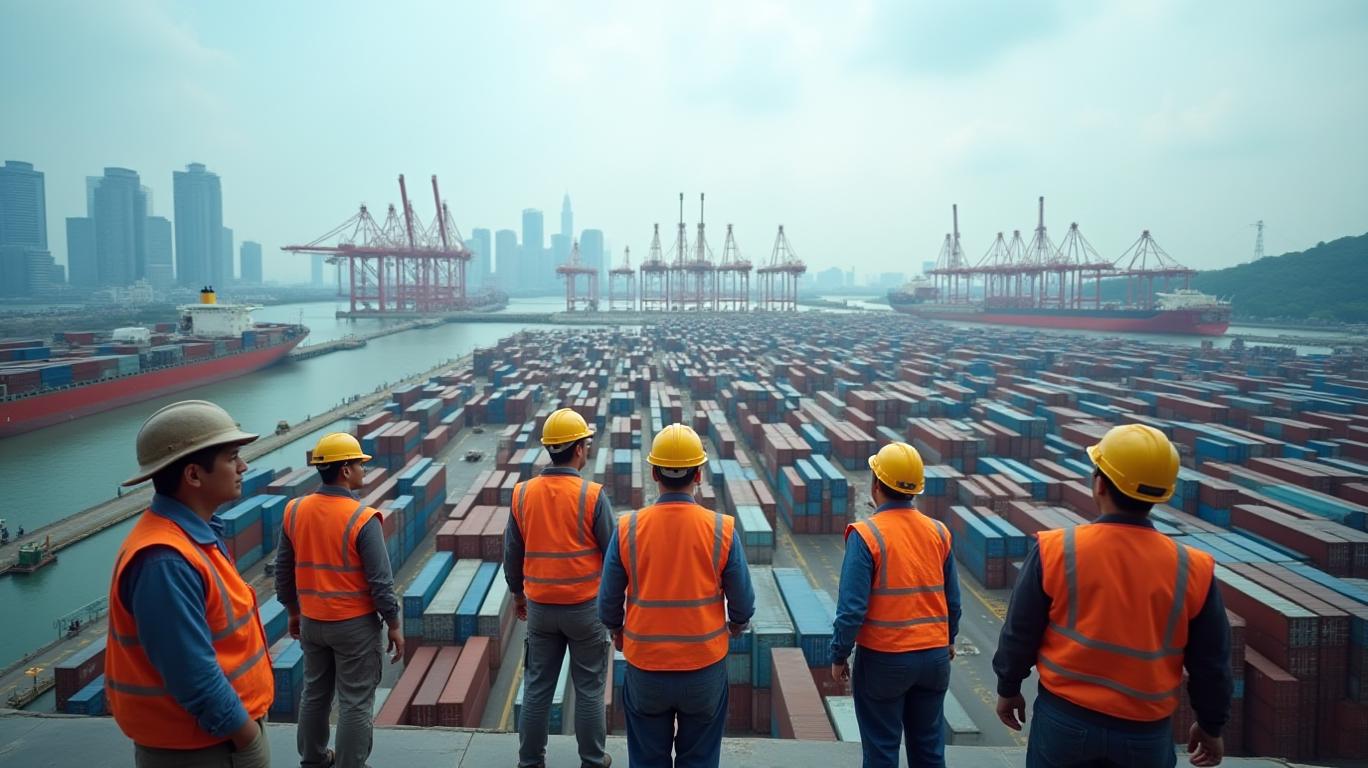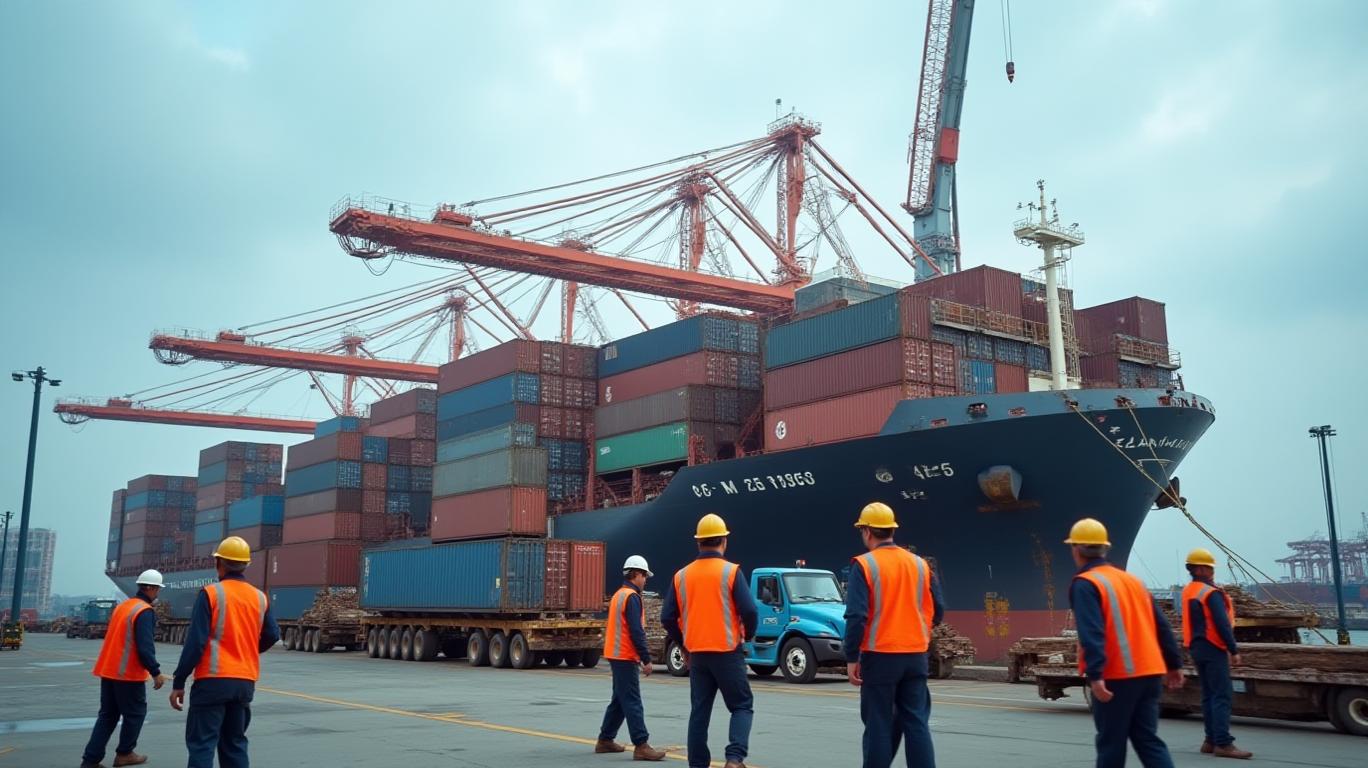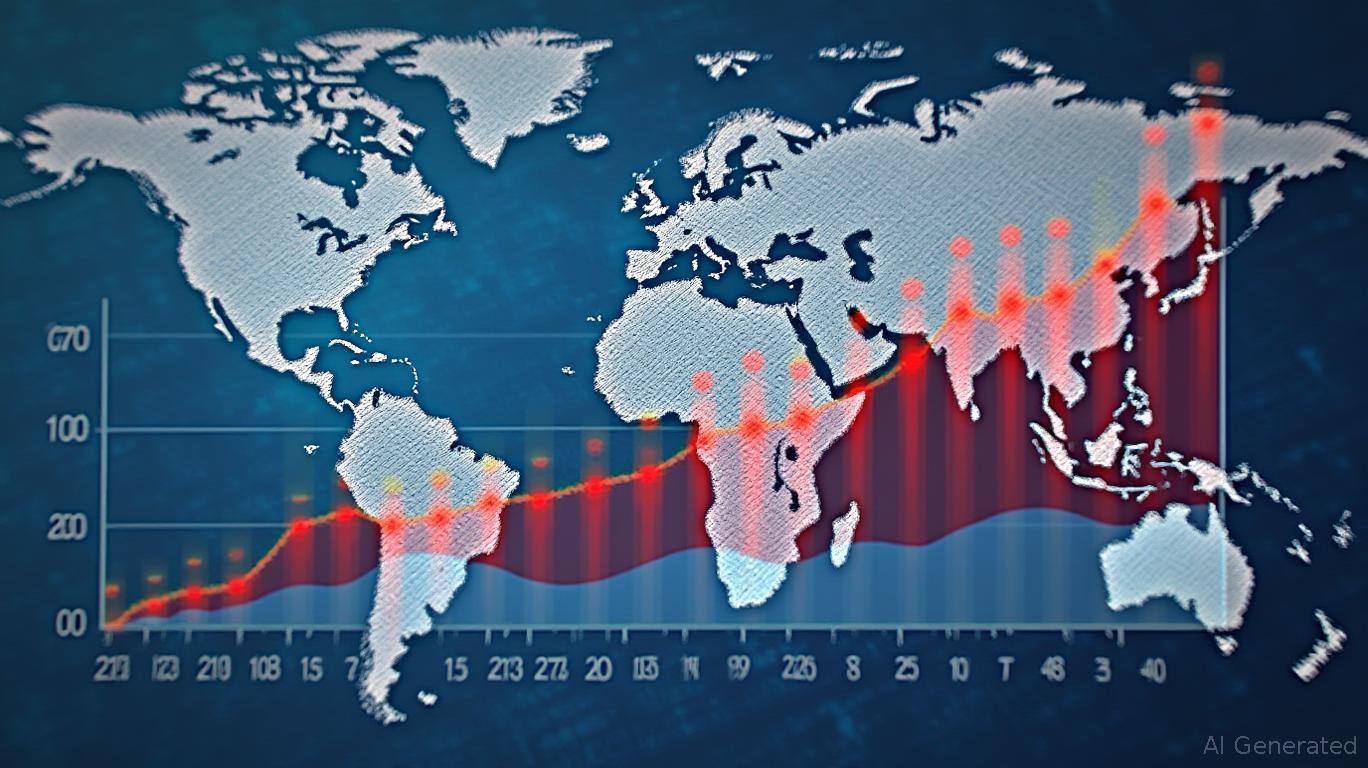Sailing into Calm Waters: How Shipping Firms Can Navigate the China-US Tariff Truce for Near-Term Gains
The 90-day China-US tariff truce, effective May 14, 2025, has injected a jolt of optimism into global markets—nowhere more so than in the ocean shipping sector. With tariffs on Chinese imports to the U.S. dropping to 30% from 145%, and Chinese tariffs on U.S. goods falling to 10% from 125%, the immediate impact is clear: supply chains are reactivating, and trans-Pacific trade volumes are surging. For investors, this presents a compelling opportunity to capitalize on the rebound in shipping demand. Yet the truce is fragile, and residual tariffs and unresolved geopolitical tensions pose risks. Here’s how to bet on the rebound while hedging against renewed conflict.
Ask Aime: "Will the China-US tariff truce boost shipping stocks?"

The Near-Term Catalyst: Freight Demand Soars
The truce’s most immediate beneficiary is ocean shipping. With tariffs halved, businesses from e-commerce giants to apparel manufacturers are rushing to replenish inventories and capitalize on lower costs. The data is stark:
Both firms saw double-digit gains in the days following the truce announcement, reflecting investor confidence in a near-term boom. The surge in trans-Pacific container volumes—driven by time-sensitive goods like electronics, fashion, and perishables—will boost utilization rates and freight rates, directly benefiting shipping lines.
Why Overweight Shipping Now?
Investors should prioritize firms with exposure to e-commerce and seasonal goods, which are most sensitive to tariff-induced demand swings. Consider these factors:
1. Volume Elasticity: E-commerce and consumer goods are highly responsive to tariff changes. Lower tariffs mean faster restocking and holiday season prep, creating a tailwind for container shipping.
2. Cost Efficiency: Shipping firms with modern, fuel-efficient vessels (e.g., Maersk’s Triple-E class) and optimized trans-Pacific routes will capture higher margins as demand outpaces supply.
3. Valuation: Despite recent gains, many shipping stocks remain undervalued relative to their earnings potential.
The Catch: Residual Tariffs and Lingering Risks
While the truce is a win, it’s far from a permanent fix. Three risks threaten long-term gains:
- Tariff Floors: The 30% U.S. tariff and 10% Chinese tariff remain punitive. Deutsche Bank analysts estimate tariffs could stabilize in this range, capping the full recovery of trade volumes to pre-2020 levels.
- Fentanyl and Tech Tensions: The U.S. has tied tariff reductions to China’s cooperation on fentanyl and tech decoupling. If talks stall—particularly over issues like semiconductor exports—the White House could rehike tariffs, reversing the shipping rebound.
- Geopolitical Volatility: The European Chamber of Commerce has warned of the “erratic” nature of U.S.-China trade policy. With U.S. elections looming, political posturing could reignite tariffs as a campaign tool.
Investment Strategy: Play the Rebound, Hedge the Risks
To maximize gains while mitigating downside:
- Overweight Shipping Stocks: Target firms with strong exposure to trans-Pacific routes, such as Maersk (MAERSK.B) and Hapag-Lloyd (HAGG.DE), and consider logistics leaders like CMA CGM and Evergreen Marine.
- Monitor Tariff Talks: Track developments between U.S. Trade Representative Jamieson Greer and China’s He Lifeng. A permanent deal could catalyze a second wave of gains, while renewed threats would trigger a selloff.
- Hedge with Options: Use put options on shipping stocks to protect against a tariff re-escalation scenario. Alternatively, pair long positions in shipping with short exposure to companies reliant on China-U.S. trade, such as Apple (AAPL) or Nvidia (NVDA).
Conclusion: A Short Window for Bold Investors
The tariff truce is a “buy the dip” moment for shipping. Near-term gains are all but assured, but the clock is ticking on the 90-day window. Investors must act swiftly to capture the rebound in freight demand while keeping a wary eye on unresolved issues like fentanyl and tech decoupling. For those willing to bet on a temporary calm in stormy Sino-American relations, shipping firms offer a rare chance to profit from a geopolitical pause.
But remember: the next tariff escalation could come at any moment. Position for the rally, but hedge for the return of chaos.


_442a2dcc1749832873286.jpeg)
_e68fac6d1749831664430.jpeg)






